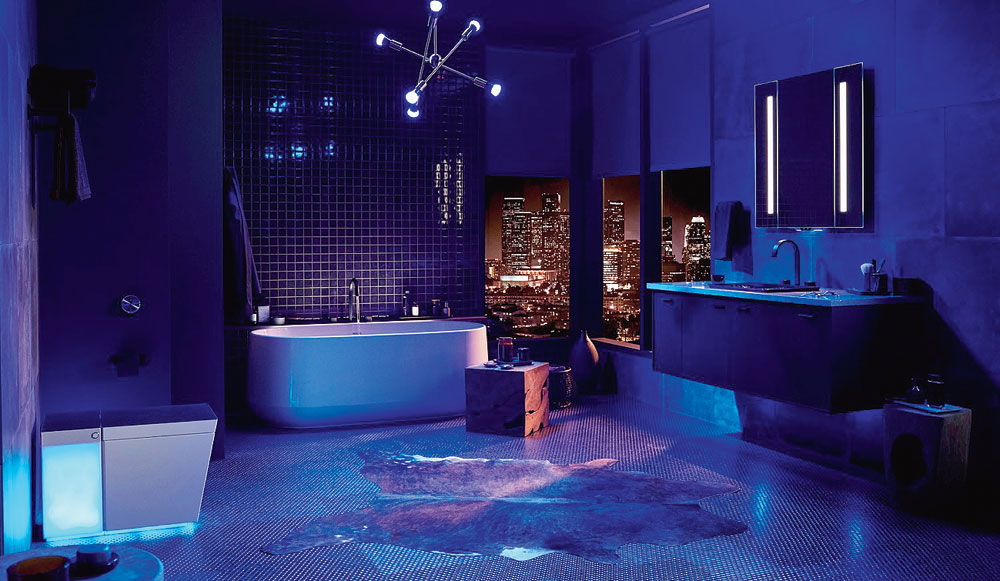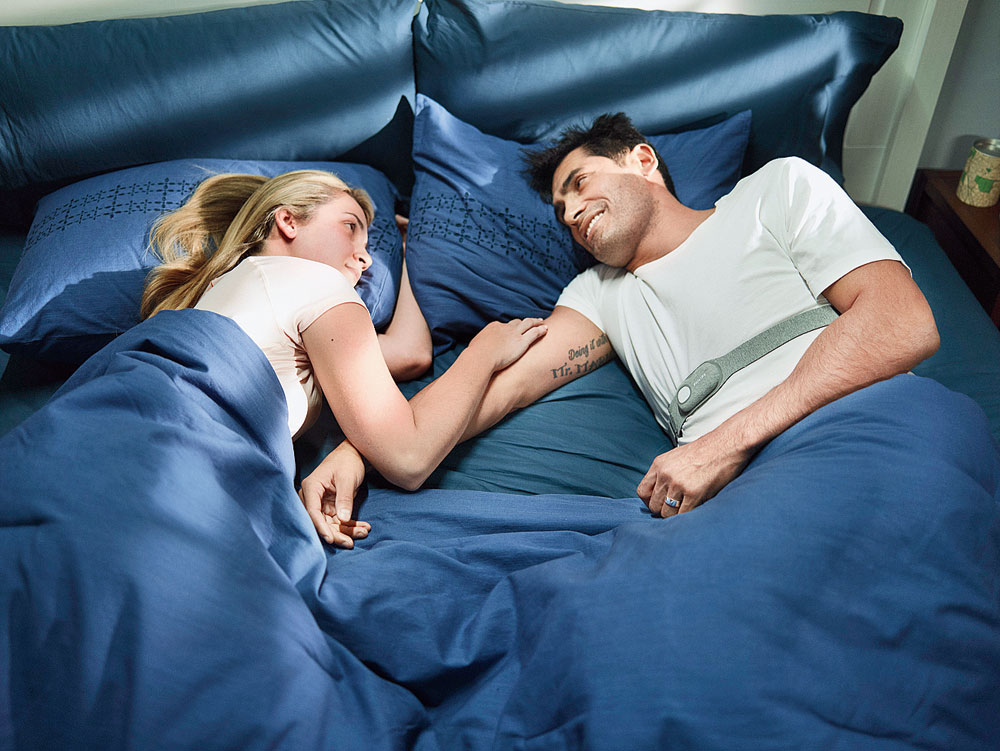
Philips SmartSleep Snoring Relief Band Source: Philips
Smart Wearables
Wearables may be a one-horse race right now, but that doesn’t stop products of all shapes and sizes from making a play for your wrists (and more!) at CES. There’s the traditional stuff, like Garmin’s Vivoactive 3 LTE-enabled fitness tracker and the body/solar powered Matrix PowerWatch 2, and then there’s the Welt smart belt that keeps tabs on your health by measuring your waist size, how much you overeat and how much physical activity you’re getting on a daily basis. There’s the blindingly obvious Philips SmartSleep Snoring Relief Band that’s worn across your chest, which vibrates ever so gently to encourage you to sleep in positions that are least likely to induce snoring… or the insane — the wearable bladder ultrasound sensor which reminds you when it’s time to head to the loo! CES, I tell you!
CESis the world’s biggest tech expo and it just wrapped up last week. Though it had all the vapourware and quirky gadgets we’ve come to expect from the annual coming together in Las Vegas, the show also threw up key products and big trends we should expect this year.
Smart Televisions
Samsung and LG choose CES to show off their TV wizardry, and the latter went ahead and took its rollable OLED TV from last year to the next level with the Signature OLED TV R. It’s still a massive 65-inches and rollable, but this time around, it’s contained inside a Dolby Atmos soundbar, from which it can roll up into view. It can display from as little as a clock or your pictures to all the way up for your big-screen content. It can also go all the way down and be solely used as a music player. 8K made its big debut this year, even as we’ve only recently started seeing 4K content gather some pace. LG had their first 8K OLED TV, an 88-inch monster, as did Samsung with its 98-inch QLED 8K TV, which is the first TV to show off the new 8K-compatible HDMI 2.1-spec port.
Smart Home Gadgets
It was the biggest-growing category at CES this year, with Google’s Assistant finally showing up in a large number of devices, including a bevy of soundbars, smart lights and smart power switches, to counter the almost all-Alexa CES we saw last year. Smart locks and smart security was a big draw as well, with products like the Amazon-owned Ring Door View Cam and the Netatmo Smart Video Doorbell. While the former works with existing door peepholes and is targeted at folks who rent apartments (and don’t want to drill additional holes), the latter counters the growing trend of charging a subscription to store your security videos in the cloud by allowing you to upload the video directly to Dropbox or other servers.
The humble and oft-ignored bathroom got its fair share of attention with Kohler’s new range of Numi 2.0 heated sets with Alexa-enabled speakers and lights, and the Alexa/Google Assistant-powered Verdera Voice Lighted Mirror!
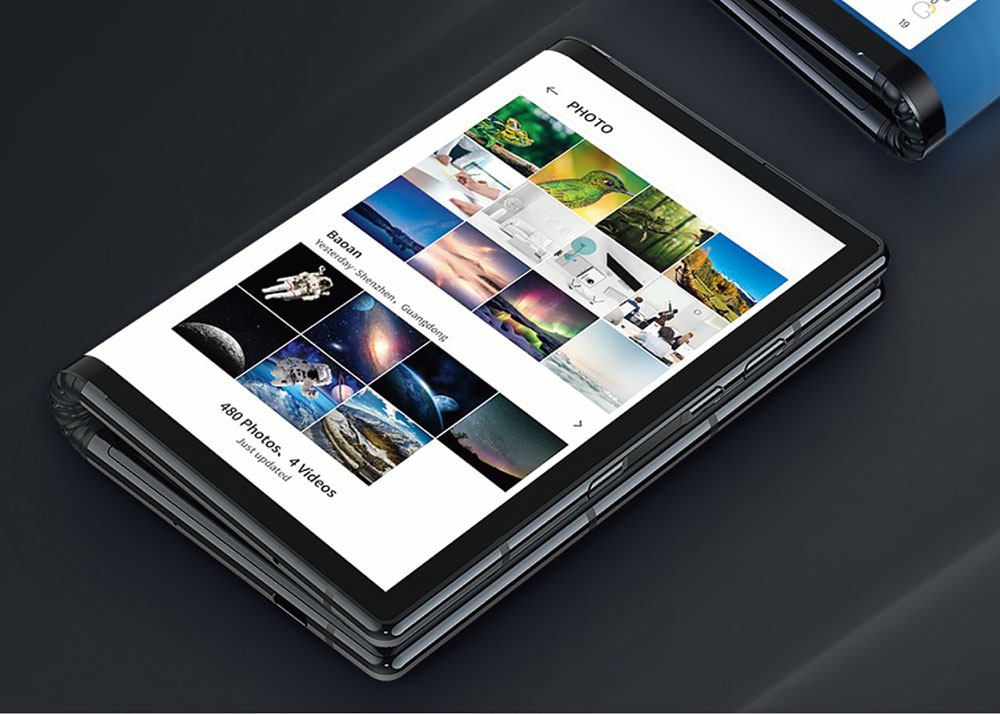
Royole FlexPai Source: Royole
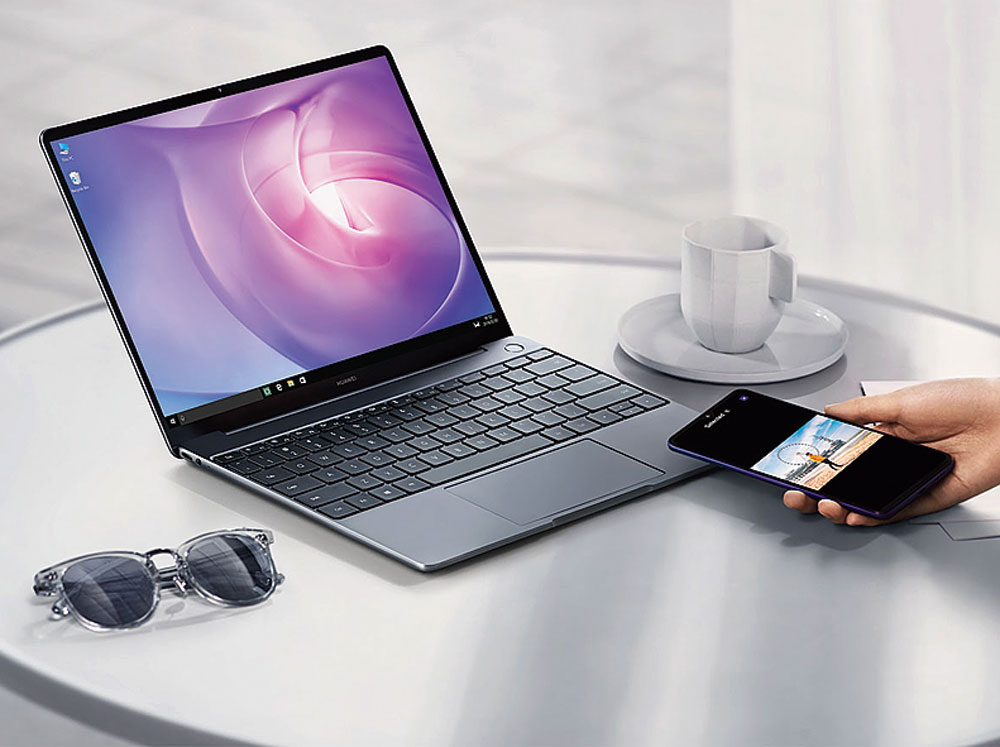
Huawei MateBook 13 Source: Huawei
Laptops and Tablets
Big brands use CES to bring out their most innovative personal computing concepts, and a few caught our eye this year. Huawei’s 13-inch MateBook 13 should give Apple’s MacBook Air a run for its money with its slimmer-than-Air profile, touchscreen display and nearly 10 hours of battery life.
Samsung came to the show with its Notebook 9 Pro series, one which brings Samsung’s laptop lineup firmly into the modern age — coupled with the Notebook 9 Pen stylus, it lets you take notes, doodle or draw directly on the screen. Also on show was the Samsung Space Monitor, a new space-saving series of desk monitors where the screen is attached to a moveable arm that not only hides cables and folds back flush against a wall to free up desk space when not in use, but also allows for a wide range of viewing and usage angles — an idea so elegant yet simple, one wonders why it took this long.
But the most extreme pick from the show was the Asus ROG Mothership, effectively a 17-inch Surface Pro-lookalike aimed at gamers. So while there’s the familiar kickstand and detachable folding keyboard, the rest is amped up, and how. A 17.3-inch 1,080p display with a 144Hz refresh rate, 3-millisecond response time and Nvidia’s RTX 2080 GPU topped off by an Intel Core i9-8950HK processor and 64GB of DDR4 RAM!
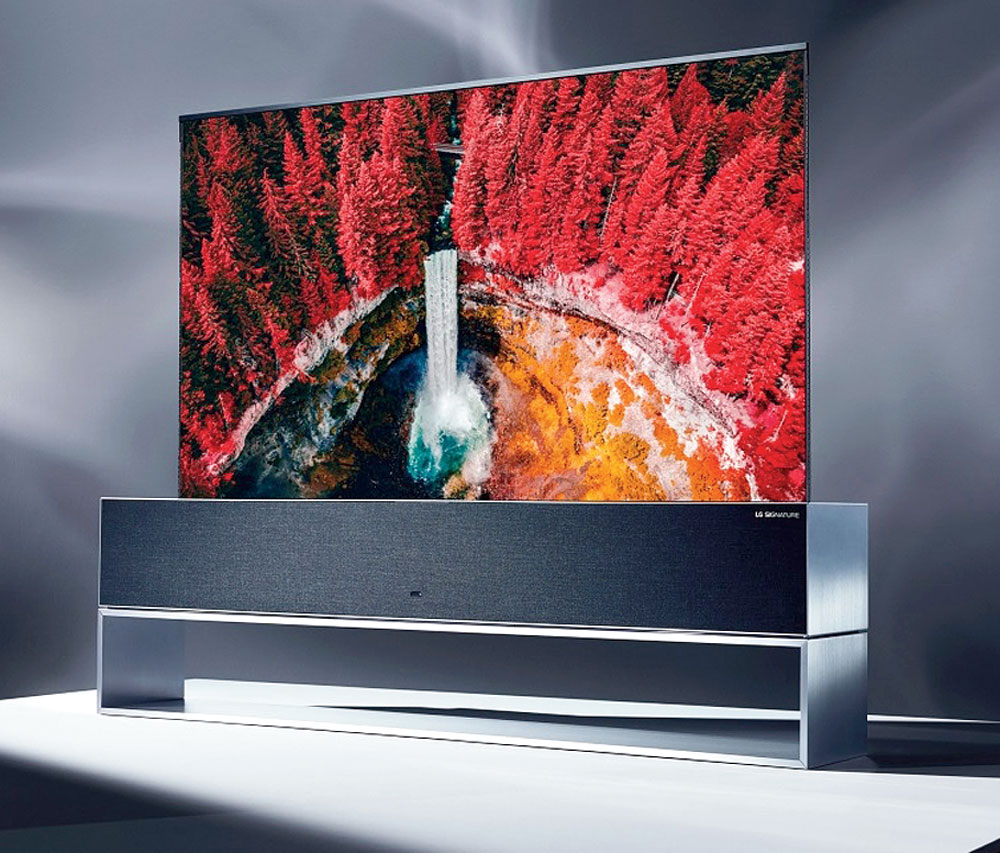
LG TV Source: LG
Smartphones at CES
With MWC set to follow in February, CES is traditionally quiet on the smartphone front. While there were murmurs around 5G devices expected later this year on Qualcomm’s Snapdragon 855 platform, the one device that really turned heads was the FlexPai, a folding smartphone by Chinese company Royole. Think of it as a mid-sized (7.8-inch) tablet that folds into an arguably chunky double-sided phone — if this is what a small firm in China can push out, one can’t wait to see what Samsung and its peers can make of the folding smartphone market in the year to come.
Tushar Kanwar is a tech columnist and commentator. Follow him on Twitter @2shar. Mail your tech queries to t2onsunday@abp.in
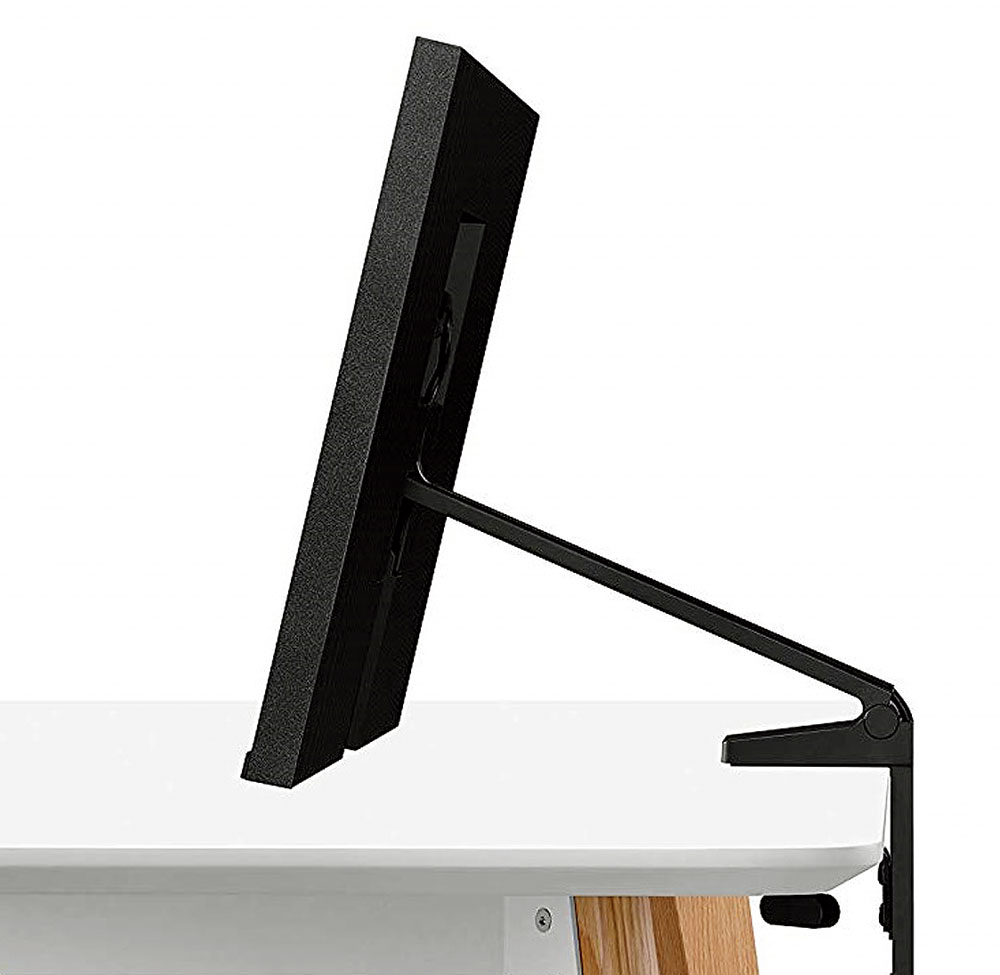
Samsung Space Monitor Source: Samsung

